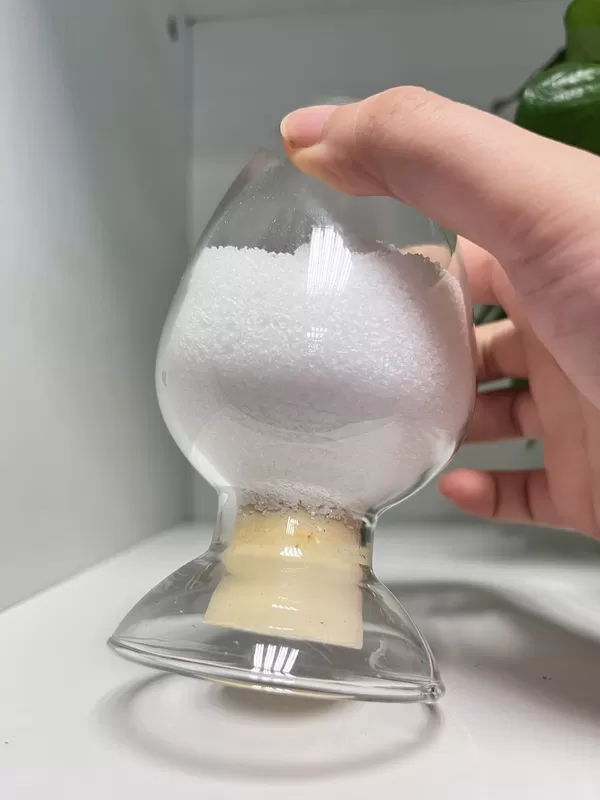Unlocking Clean Water Through Precision Chemistry
In the quest for sustainable water management, Water treatment Polyacrylamide Chemicals have emerged as a cornerstone for efficient flocculation, sedimentation, and contaminant removal. These high-performance polymers, with molecular weights ranging from 8 to 25 million Da, are engineered to aggregate suspended solids, oils, and heavy metals in industrial and municipal wastewater, achieving >95% turbidity reduction.Polyacrylamide (PAM) formulations—anionic, cationic, and nonionic—offer tailored solutions for diverse challenges, from treating acidic mining effluents to clarifying textile dye wastewater.
Why PAM Dominates Water Treatment
Superior Flocculation Efficiency: Anionic PAM excels in binding inorganic particles like silica and clay, while cationic variants neutralize organic contaminants in sewage sludge .
Cost-Effective Sustainability: By enabling closed-loop water systems, PAM recovers 85–90% of process water for reuse, slashing freshwater consumption and operational costs by 20–30%.
Regulatory Compliance: Achieve oil-in-water concentrations below 10 mg/L, meeting stringent discharge standards such as EPA and EU directives .
Applications Across Industries
Municipal Wastewater: Rapid sludge dewatering reduces landfill volumes by 50%.
Oil & Gas: Treat produced water with high salinity (up to 200,000 ppm) using temperature-resistant PAM .
Textile & Mining: Remove heavy metals (e.g., Fe²⁺, Cu²⁺) and dyes efficiently, even in pH 4–9 conditions.
Partner with PolyacrylamideFactory.com
For over a decade, polyacrylamidefactory has delivered ISO 9001-certified PAM solutions trusted by global clients. Our portfolio includes hydrolyzed, cross-linked, and hybrid polymers, backed by 24/7 technical support and rapid logistics from Qingdao/Shanghai ports.

